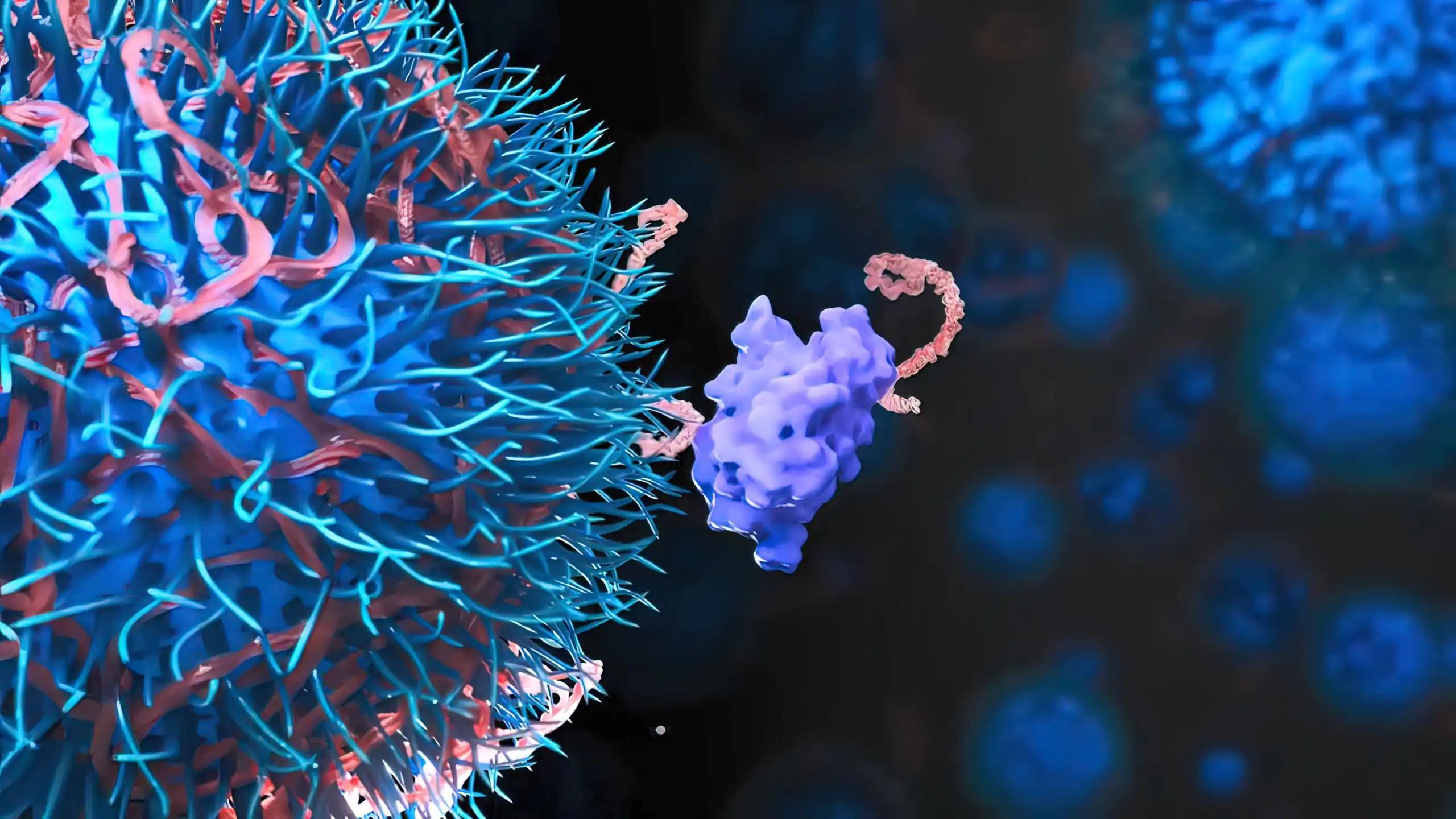KEY TAKEAWAYS
- The study aimed to present MRD measurement results in children with BCP-ALL, correlating genetic subgroups with clinically defined risk groups.
- The results showed that integrating clinical risk factors and MFC-MRD enhances BCP-ALL risk stratification in reduced-intensity protocols; cytogenetic data supplements ImR group.
Quantitative assessment of minimal residual disease (MRD) is the benchmark for gauging therapy response in childhood B-cell precursor acute lymphoblastic leukemia (BCP-ALL). However, the rate of MRD response varies among cytogenetic subgroups.
Alexander Popov and the team aimed to present the MRD measurement findings in children with BCP-ALL, examining genetic subgroups concerning clinically defined risk categories.
About 485 children with non-high-risk BCP-ALL possess cytogenetic data and MRD evaluation using multicolor flow cytometry (MFC) at EOI. All patients underwent treatment under the reduced-intensity protocol “ALL-MB 2008,” with either standard-risk (SR) or intermediate-risk (ImR) regimens.
The results revealed that 203 of the patients in the study group had low-risk cytogenetics (ETV6::RUNX1 or high hyperdiploidy), while the remaining 282 children were classified in the intermediate cytogenetic risk group.
The most significant thresholds for MFC-MRD values differed for patients with favorable and intermediate-risk cytogenetics: 0.03% and 0.04%, respectively. However, the most meaningful thresholds varied for clinically defined SR and ImR groups.
Regardless of the presence or absence of favorable genetic lesions, an MFC-MRD threshold of 0.1% was the most clinically valuable for the SR group. In contrast, the ImR group’s most informative thresholds differed in patients from low- (0.03%) and intermediate (0.01%) cytogenetic risk groups.
The study found that integrating clinical risk factors with MFC-MRD measurement is the most beneficial method for risk group stratification in children with BCP-ALL under reduced-intensity protocols. However, cytogenetic data can complement this algorithm, particularly for certain segments of the ImR group.
No funding was received.
Source: https://pubmed.ncbi.nlm.nih.gov/38651186/
Popov A, Henze G, Tsaur G,et al. (2024). “Flow cytometric minimal residual disease measurement accounting for cytogenetics in children with non-high-risk acute lymphoblastic leukemia treated according to the ALL-MB 2008.” protocol. Cancer Med. 2024 Apr;13(8):e7172. doi: 10.1002/cam4.7172. PMID: 38651186; PMCID: PMC11036069.



